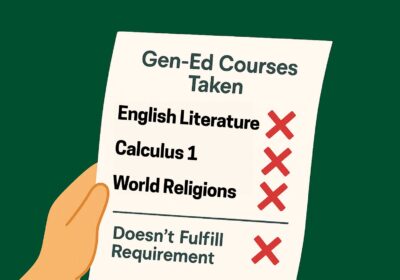Treat cause, not symptoms in graduation rates issue
USF is facing pressure from the state and its coffers to increase four-year graduation rates, which are at a low 34 percent. Six-year rates aren’t much more laudable, at only 52 percent.
It’s a worthy cause: Get students in and out of the system in a timely manner, reduce debt and increase the quality of a USF education.
But USF’s policies, including a significant portion of the newest one it has proposed, seem too focused on limiting options for upperclassmen rather than ensuring that entering students have the tools to be successful.
Bob Sullins, dean for undergraduate studies, said a lack of focus is a main cause of low graduation rates. Policies being proposed to help upper-level students remain “focused” include: not allowing students to add a second major after earning 96 credits, requiring students who change their major in the first two years to finish in 10 semesters and not allowing students who have completed more than 120 credit hours to enroll in courses not required to complete their degree, with some exceptions.
Despite the intended purpose, these policies also seem likely to put limitations on high-achieving students who become passionate about new topics and want to add a major or take additional electives beyond what is required.
Additionally, the university will adopt a “tracking system” similar to one at the University of Florida, whereby freshman and transfer students will follow eight- or four-semester plans to finish their degrees.
This point is a step in the right direction: Instead of piling on more policies and rules, it is important that USF put its graduation focus on making sure that new students have an understanding of the many paths on which their university education could take them through career counseling, firsthand experiences to helps students find their passions and improving academic advising so that students may begin to see the bigger picture of their education choices early in their university experience.
On its “Student Success” page, at www.usf.edu/StudentSuccessRoadMap, USF has created a logical, helpful collection of links students should use to guide them through a successful college career and graduation in four years.
But on the map, “Explore your career” is placed on the last stretch of the road, after passing road signs for developing a four-year plan, getting involved, managing finances and taking 15 credits per semester.
Perhaps this is just a metaphorical “road” and the steps to graduation are not necessarily in the order in which they should be followed, but I would argue that the visual representation should be amended. “Explore your career” should come first, as it can provide a guide for students to choose their major by exposing them to a variety of new and previously unthought-of career options.
College is a place to find oneself, to explore new options and to understand one’s place in the world. This should be the focus of students from the moment they set foot on campus — and USF should uphold this, rather than spending time making policies to limit the number of classes students can take.
And perhaps it might be helpful to ask us, the 66 percent, why we have not graduated. Our answers may be more diverse and legitimate than USF administrators think.
Hannah Feig is a “proud fifth-year” senior majoring in chemistry and anthropology.







